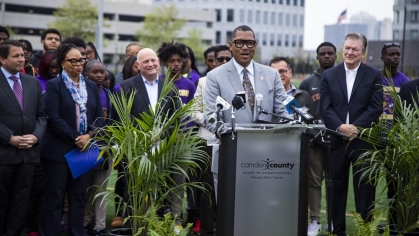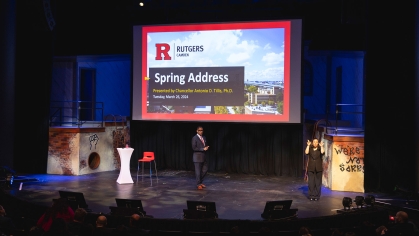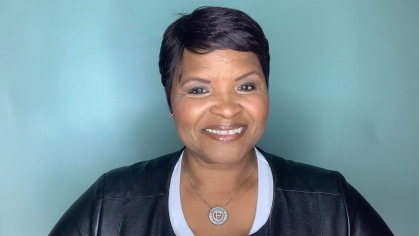A Seat at the Table: Thanksgiving Should Bring Together Family and Bridge Community Divides, Says Rutgers–Camden Researcher
This November may mark 400 years since what many claim was the first Thanksgiving, says Rutgers University–Camden researcher Jillian Sayre, but our “cartoonish, Pilgrims and the Indians” celebration of that original feast doesn’t mean that everyone has had a seat at the table.
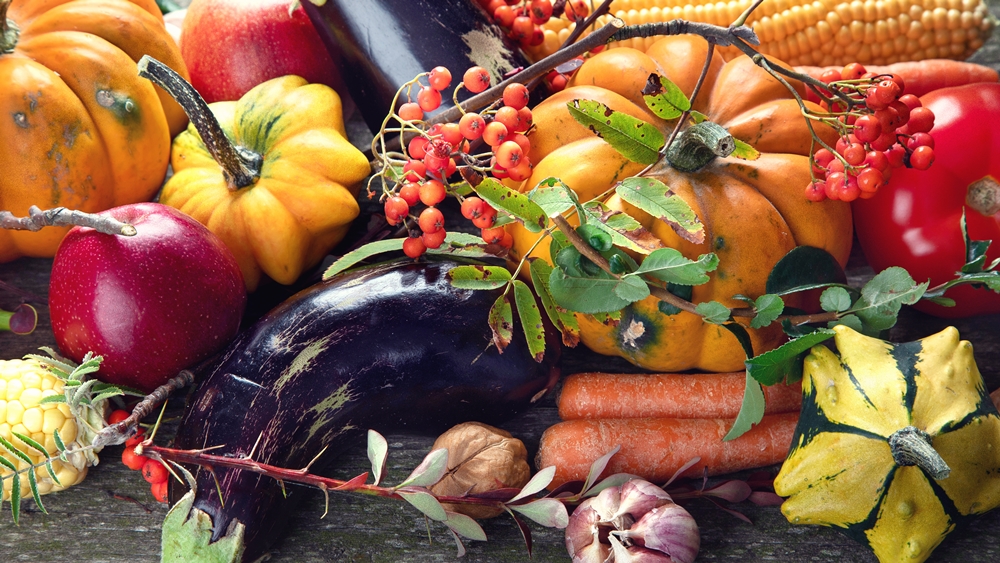
Sayre explains that the Wampanoag helped the English grow indigenous crops that wouldn’t fail. The Thanksgiving feast is the harvest celebration and a symbolic communal gathering of this alliance.
“In the same way that buckle hats and black garb have defined Pilgrims,” says the assistant professor of English, “on other side of the table, our depictions routinely show culturally unspecific figures with feathers in their hair. The story loses any humanity in these shared renditions.”
Sayre explains that the Thanksgiving feast we celebrate today is indicative of a long history of “flattening out” the culturally diverse Native peoples of North America into a single figure of “Indianness.” So, instead of representing the Wampanoag people, who participated in that original feast, the holiday actually erases them and their history.
Moreover, Sayre says that a Thanksgiving holiday should not only brings together family, but bridges the divides between diverse peoples in our communities is more representative of that original communal gathering.
“We can enjoy celebrating the holiday in the home,” says Sayre, “but in the true spirit of that first Thanksgiving, we should also come together in our communities, with perhaps the people whom we don’t see or acknowledge on a daily basis.”
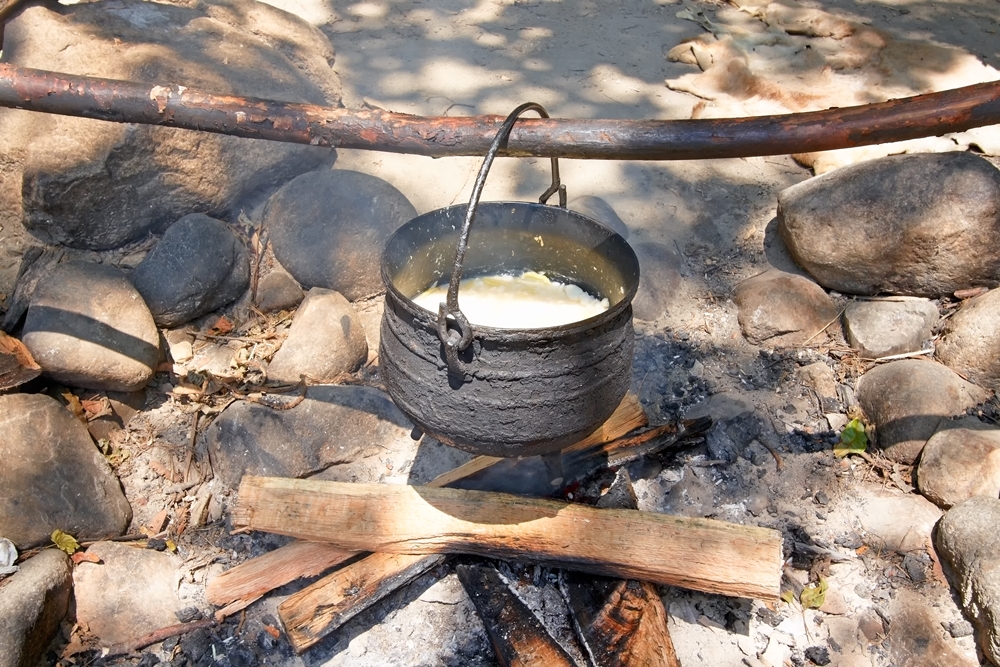
A Wampanoag method of cooking over an open fire.
Sayre explains that the Thanksgiving story was in fact part of a specific political negotiation between Protestant colonists and the Wampanoag at a time when North America was still Native land. In the area of present-day Massachusetts, she explains, the Pilgrims were struggling to establish their colony among several Native tribes and the Wampanoag became a significant ally.
“It’s a very savvy political alliance on the part of Ousamequin, the leader of the Wampanoag, because they are also jockeying for position within their own tribe and among regional groups like the Narragansett,” says Sayre, author of the book Mourning the Nation to Come: Creole Nativism in Nineteenth-Century American Literatures.
As part of this alliance, says the Rutgers–Camden researcher, the Wampanoag helped the English grow indigenous crops that wouldn’t fail. The Thanksgiving feast is the harvest celebration and a symbolic communal gathering of this alliance.
While that feast is the stuff of lore now, says Sayre, a generation later, the Wampanoag ended up at war with the English colonists in order to regain control of their lands and sovereignty.
So, why is the Thanksgiving story – the one told from a Puritan point of view – still handed down four centuries later?
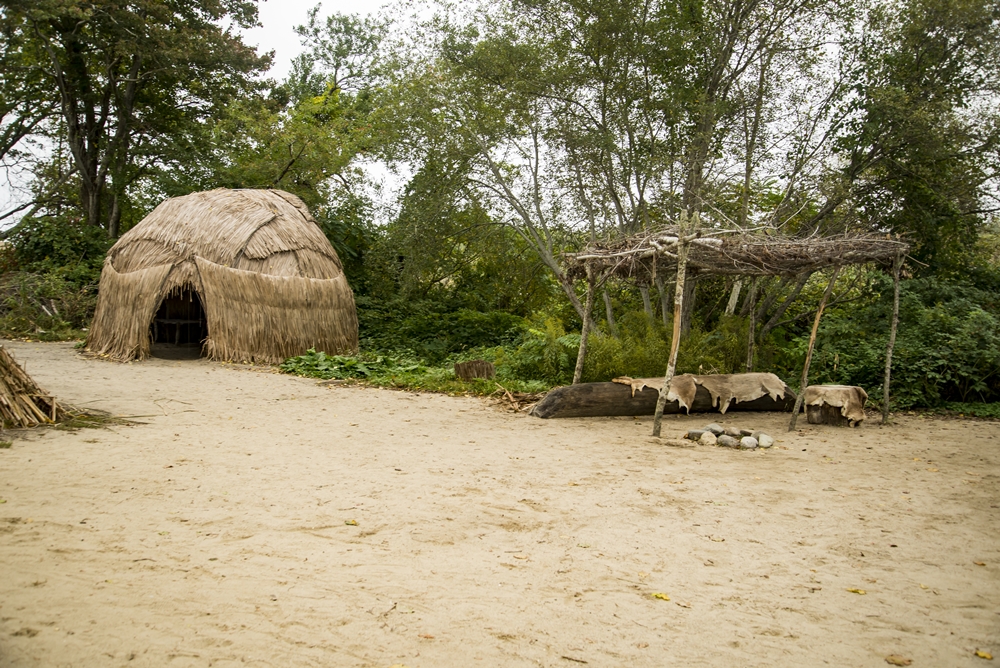
A Wampanoag hut at the Plimoth Patuxet, a living history museum in Plymouth, Mass.
Sayre explains that, in the early national period of the United States, there was a movement to create a long history of the nation, so that it was no longer a political organization born at the end of the 18th century, but one that grew out of a timeless cultural heritage. The Wampanoag and Puritan feast is recognized as a “shared heritage” rather than a specific historical moment.
“Thanksgiving becomes the ‘Currier and Ives’ image of gathering around the turkey,” says Sayre. “It becomes an insulated view of family and not about community and our relationships reaching across our differences.”
To that end, says Sayre, the time is ripe to harken back to the true spirit of that political alliance.
“The 400th anniversary is the perfect opportunity to come together with family, as well as to celebrate the diversity of our communities,” she says.
